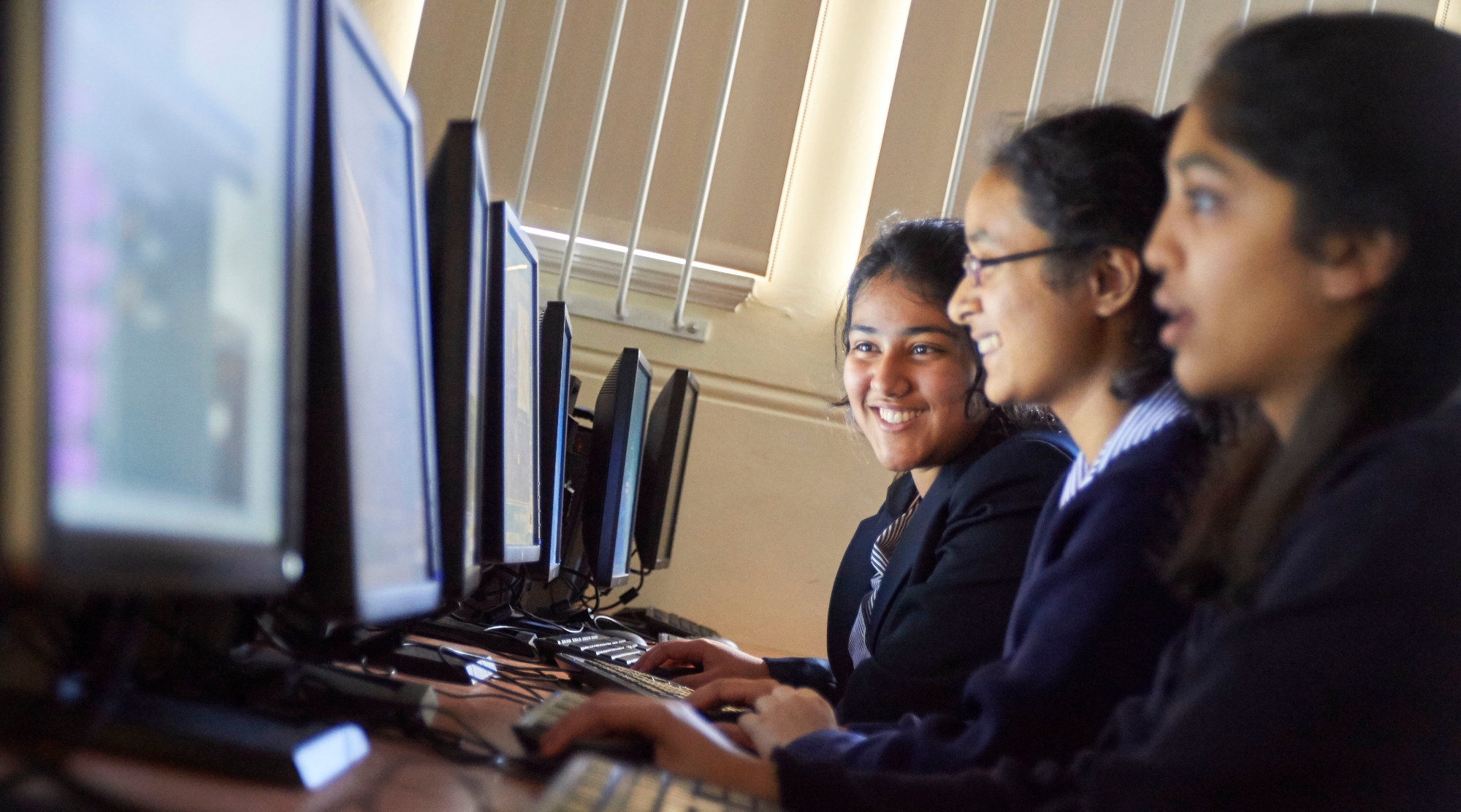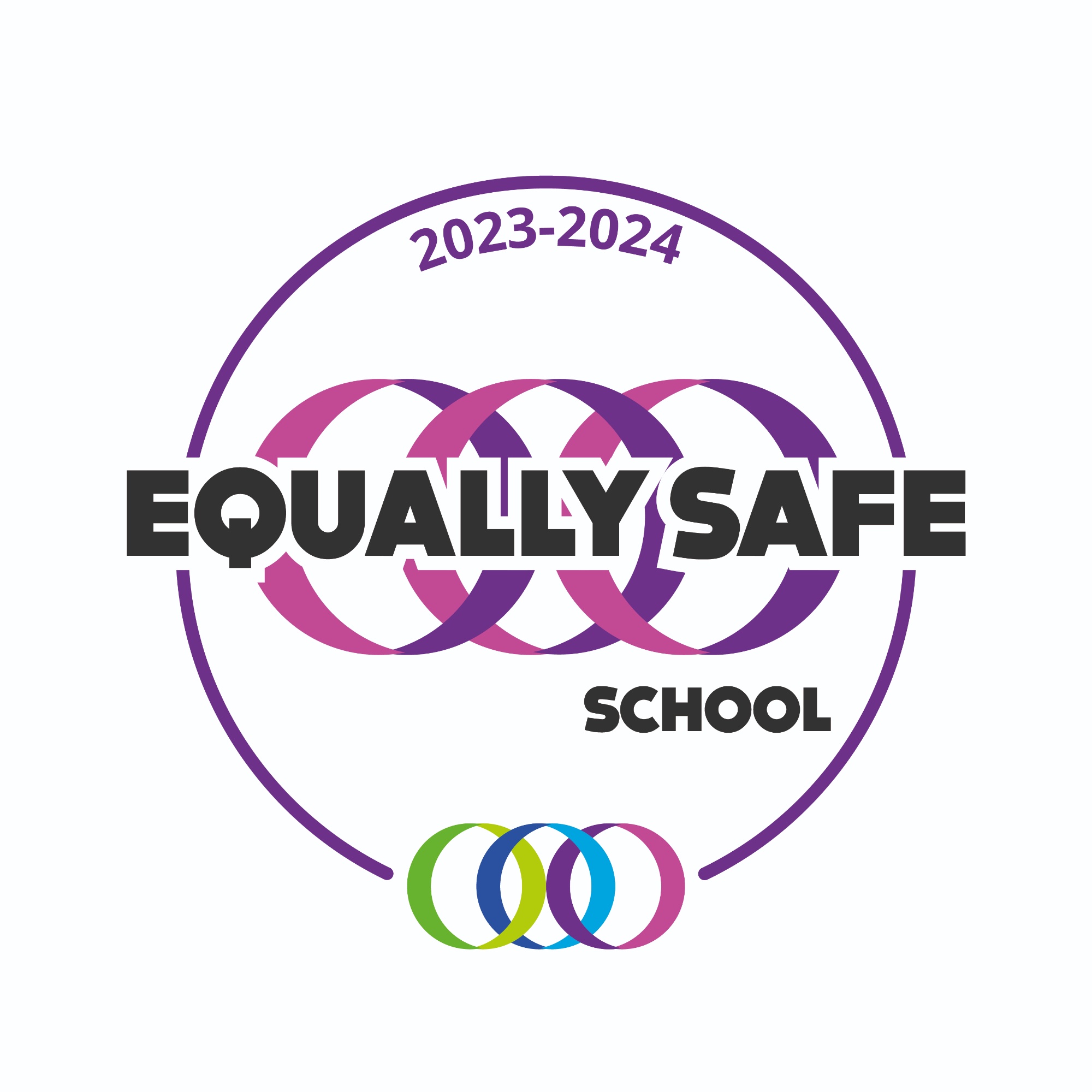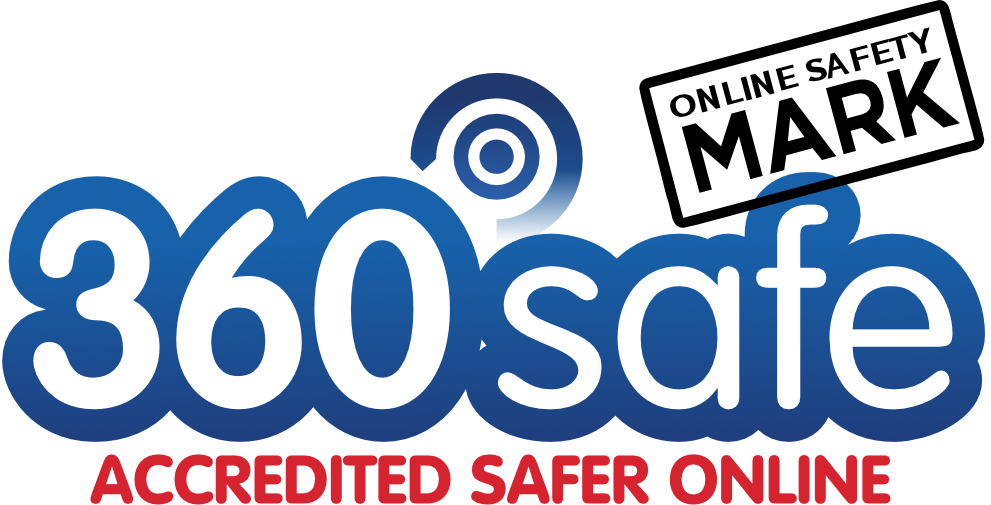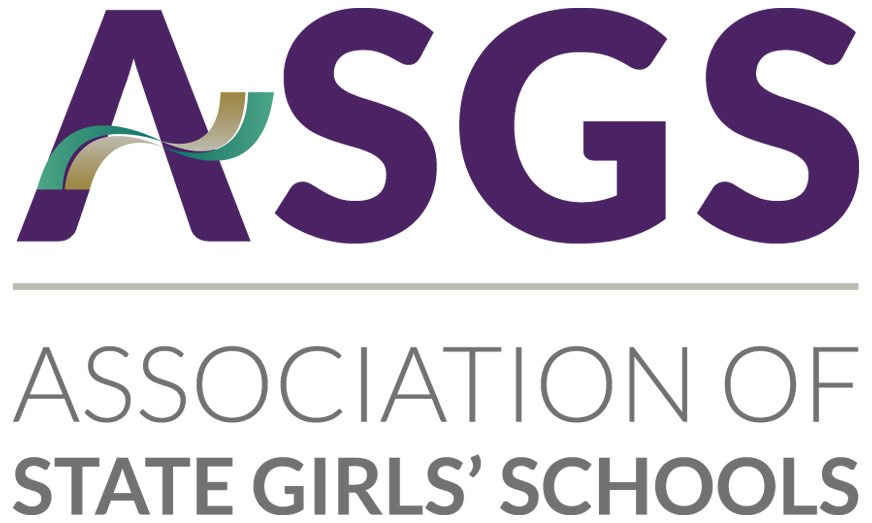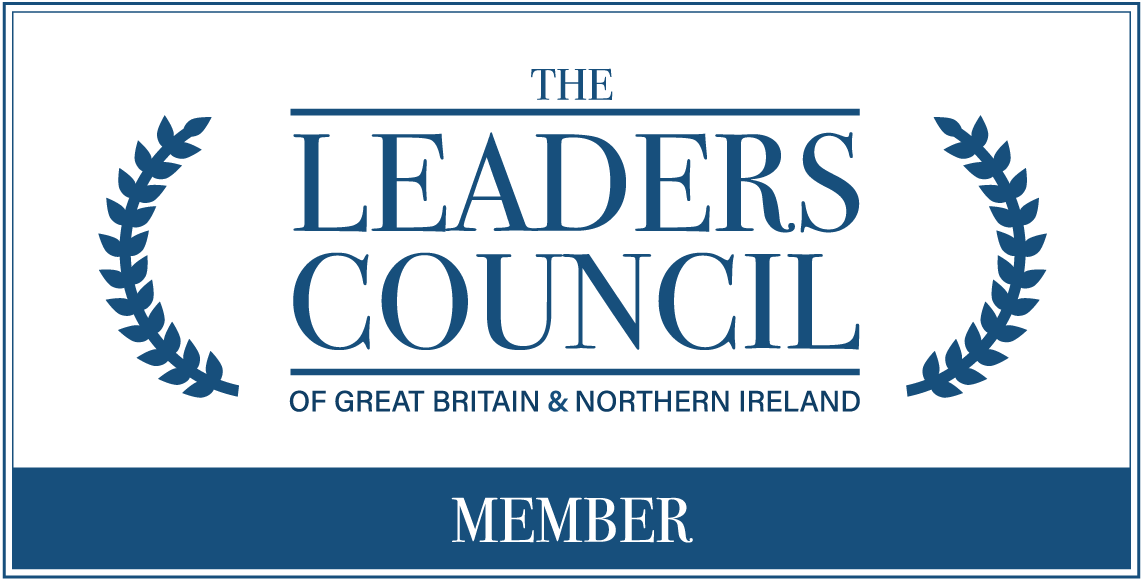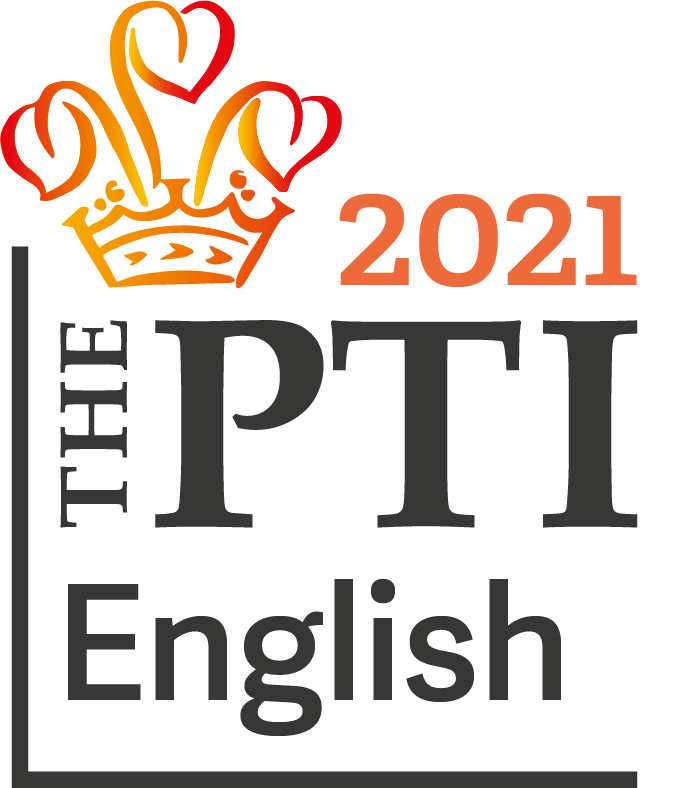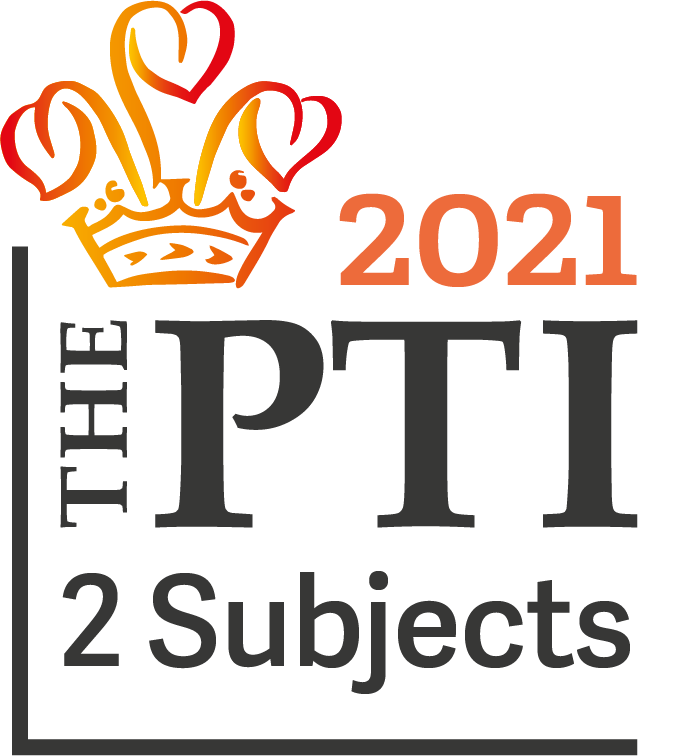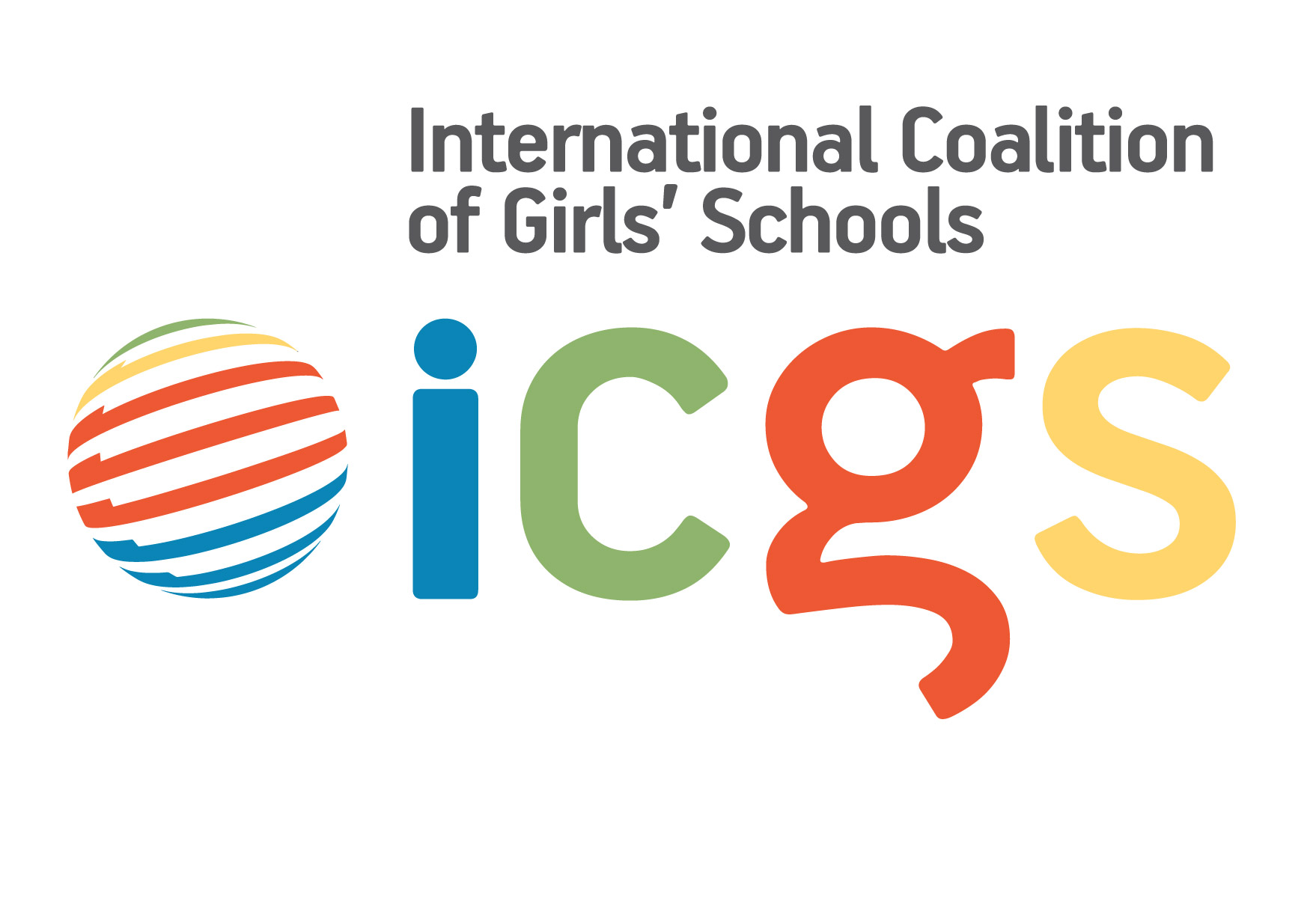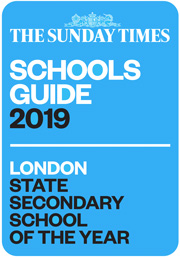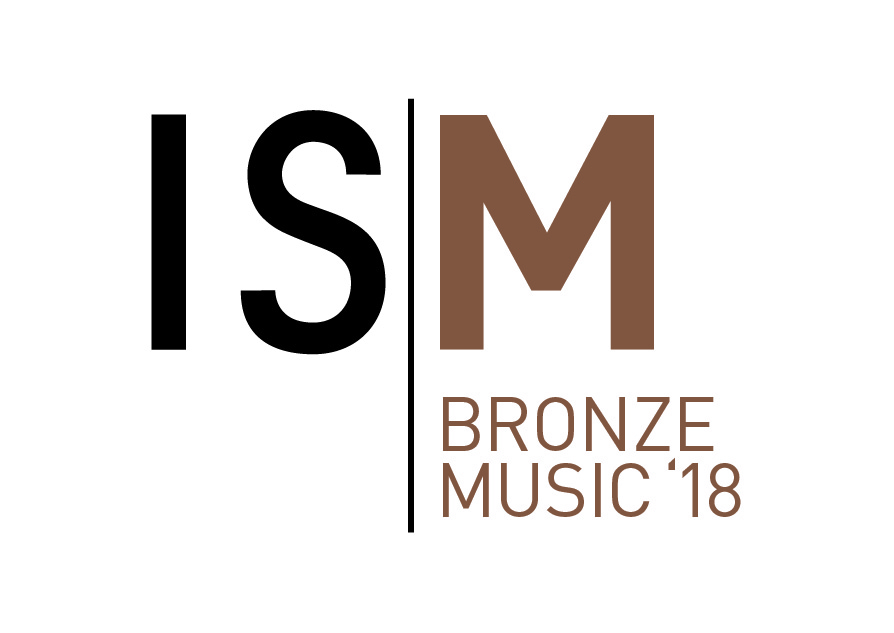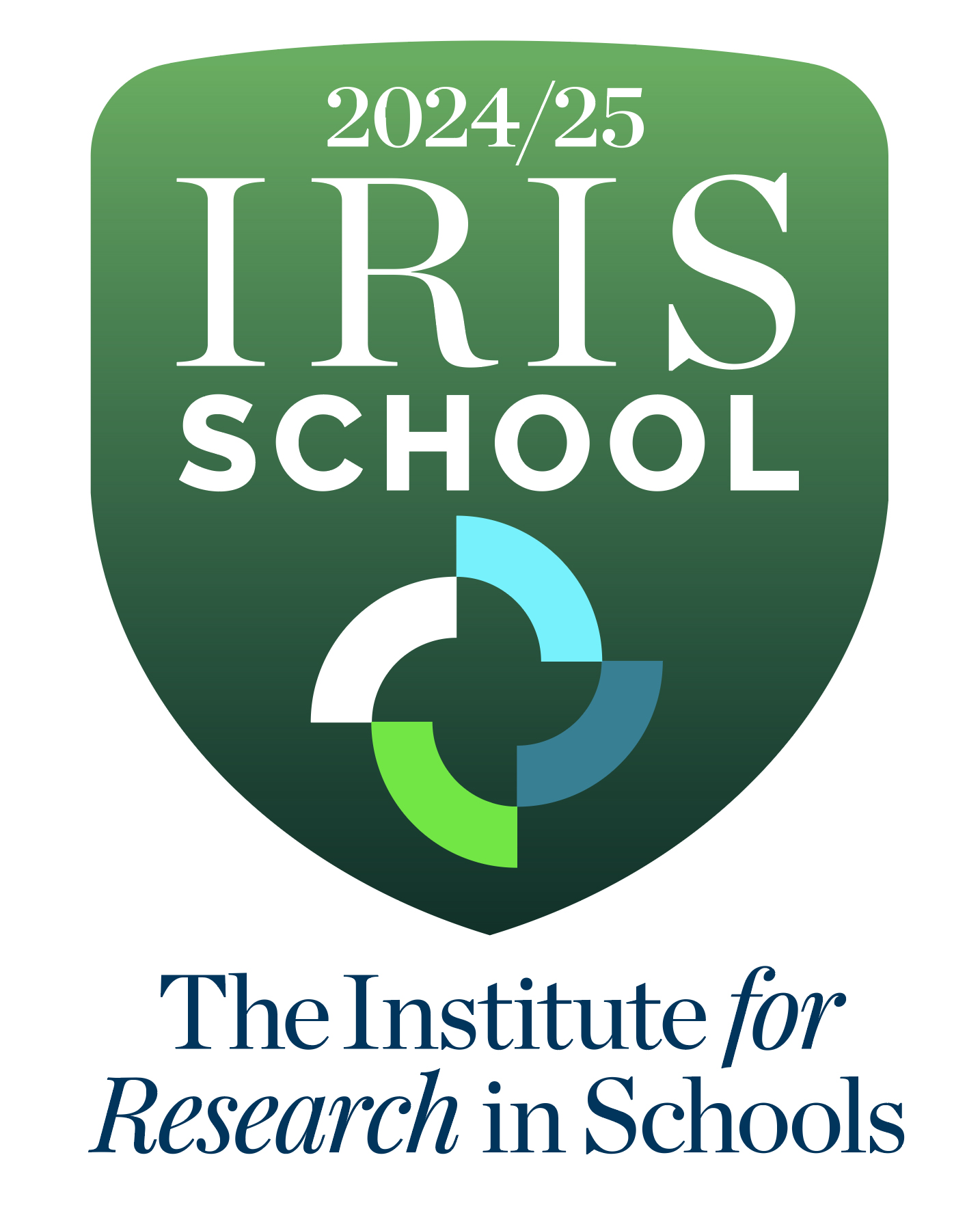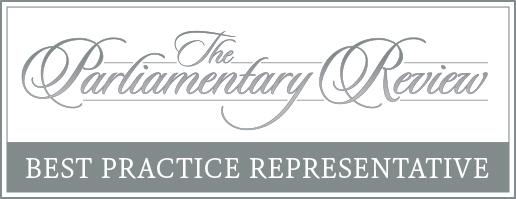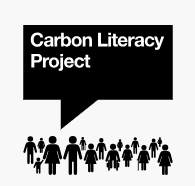Anti-Bullying Procedures
Woodford County High School is completely opposed to all forms of bullying (including cyberbullying and discriminatory bullying) and will not tolerate it. It is entirely contrary to the values and principles we work and live by. All members of the school community have a right to work in a secure and caring environment. They also have a responsibility to contribute, in whatever way they can to the protection and maintenance of such an environment.
The school actively promotes positive interpersonal relations between all members of the school community.
As stated in our school values we seek to help students to become:
- Respectful of difference in other individuals and cultures.
- Considerate and kind.
As stated in The Woodford Charter, the following rights are recognised for all students at Woodford:
- To be able to work in a safe environment both physically and emotionally.
- To enjoy the benefits of friendship and association with others.
- To receive respect as individuals without discrimination on the basis of age, colour, ethnic or national origin, culture, religion (belief or lack of belief), gender, disability, sexual orientation or being or becoming a transsexual person
As stated in The Woodford Charter students have the following responsibilities:
- To show respect for ourselves and other people.
Definition of Bullying
Bullying is an act of aggression, causing embarrassment, pain or discomfort to someone. It can take a number of forms; physical, verbal, making gestures, extortion and exclusion. It is an abuse of power. It can be planned and organised, or it can be unintentional. It may be perpetrated by individuals or by groups of pupils.
Forms of Bullying:
- Physical violence such as hitting or pushing another pupil.
- Interfering with another pupil’s property, by stealing, hiding or damaging it.
- Using offensive names when addressing another pupil.
- Teasing or spreading rumours about another pupil or her family.
- Belittling another pupil’s abilities and achievements.
- Writing offensive notes or graffiti about another pupil.
- Excluding another pupil from a group activity.
- Ridiculing another pupil’s appearance, way of speaking or personal mannerisms.
- Misusing technology (e.g. the internet or mobile devices) to hurt or humiliate another person.
- Threatening behaviour
The Responsibilities of Staff:
Our staff will:
- Foster our pupils’ self-esteem and respect for others.
- Demonstrate by example the high standards or personal and social behaviour we expect of our pupils.
- Discuss bullying with students at appropriate times and within the PSCHE curriculum so that every pupil learns about the damage it causes to both the child who is bullied and to the bully and the importance of telling a teacher about bullying when it happens.
- Be alert to signs of distress and other possible indications of bullying.
- Listen to children who have been bullied, take what they say seriously and act to support and protect them.
- Report suspected cases of bullying to the relevant Head of Year
- Follow up any complaint by a parent about bullying, and report back promptly and fully on the action that has been taken.
- Deal with observed instances of bullying promptly and effectively, in accordance with agreed procedures.
Procedures for Dealing with Incidents of Bullying
- Steps are taken to support and respond to the needs of both the bullied and the bullying pupils.
- Records are kept on CPOMS
- Action which is usually taken
- Investigation (agreement obtained from bullied on how to proceed)
- Contacting parents/carers of all pupils concerned in the bullying incident.
- Meetings to enable all the students concerned to find an agreed way forward.
- Sanctions (as appropriate – check with Head of Year)
- Feedback to those concerned.
- Contacting relevant supports e.g. Student Guidance Officer, School Counsellor
- Continued monitoring of the situation
- Incidents where a student has acted in way that shows prejudice about colour, ethnic or national origin, culture, religion (belief or lack of belief), gender, disability, sexual orientation or transsexuality must be recorded as such.










